Women Entrepreneurs Finance Code is a global movement to increase financing to women-led micro, small and medium enterprises (WSMEs)

The Women Entrepreneurs Finance Code (the WE Finance Code or, simply, the Code), coordinated under the global initiative known as Women Entrepreneurs Finance Initiative (We-Fi), was launched by the World Bank in 2023. It is a collaborative partnership among 14 governments, eight multilateral development banks (MDBs), and other public and private sector stakeholders.
The Code is a commitment by Financial Service Providers (FSPs), regulators, development banks, and other financial ecosystem players to work together to increase funding provided to women-led micro, small and medium enterprises (WMSMEs) around the world, so that they can grow and add value to the economy and their communities.
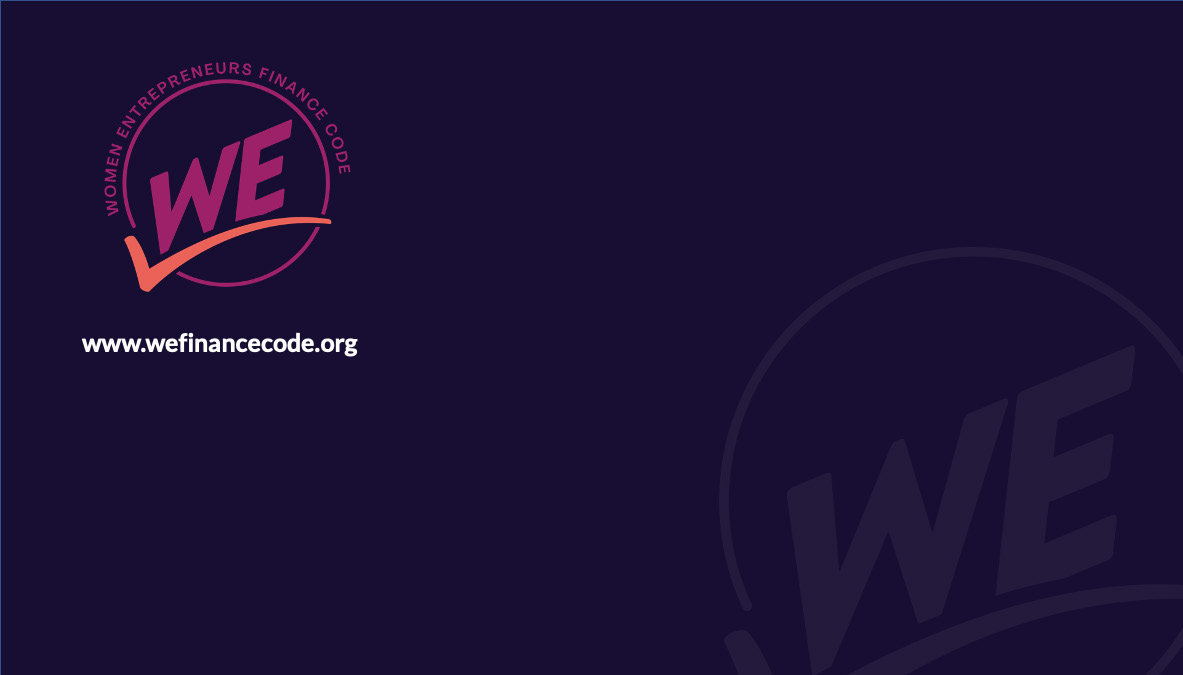

Global Signatory Countries
Pakistan became a global signatory to the Code in February 2025, and State Bank of Pakistan serves as the WE Finance Code Anchor for the industry. Through the Code, SBP is committed to collaborate with international development partners and domestic stakeholders, provide strategic leadership, expand gender-disaggregated data and take progressive actions to help eliminate constraints and financing gaps for women entrepreneurs.
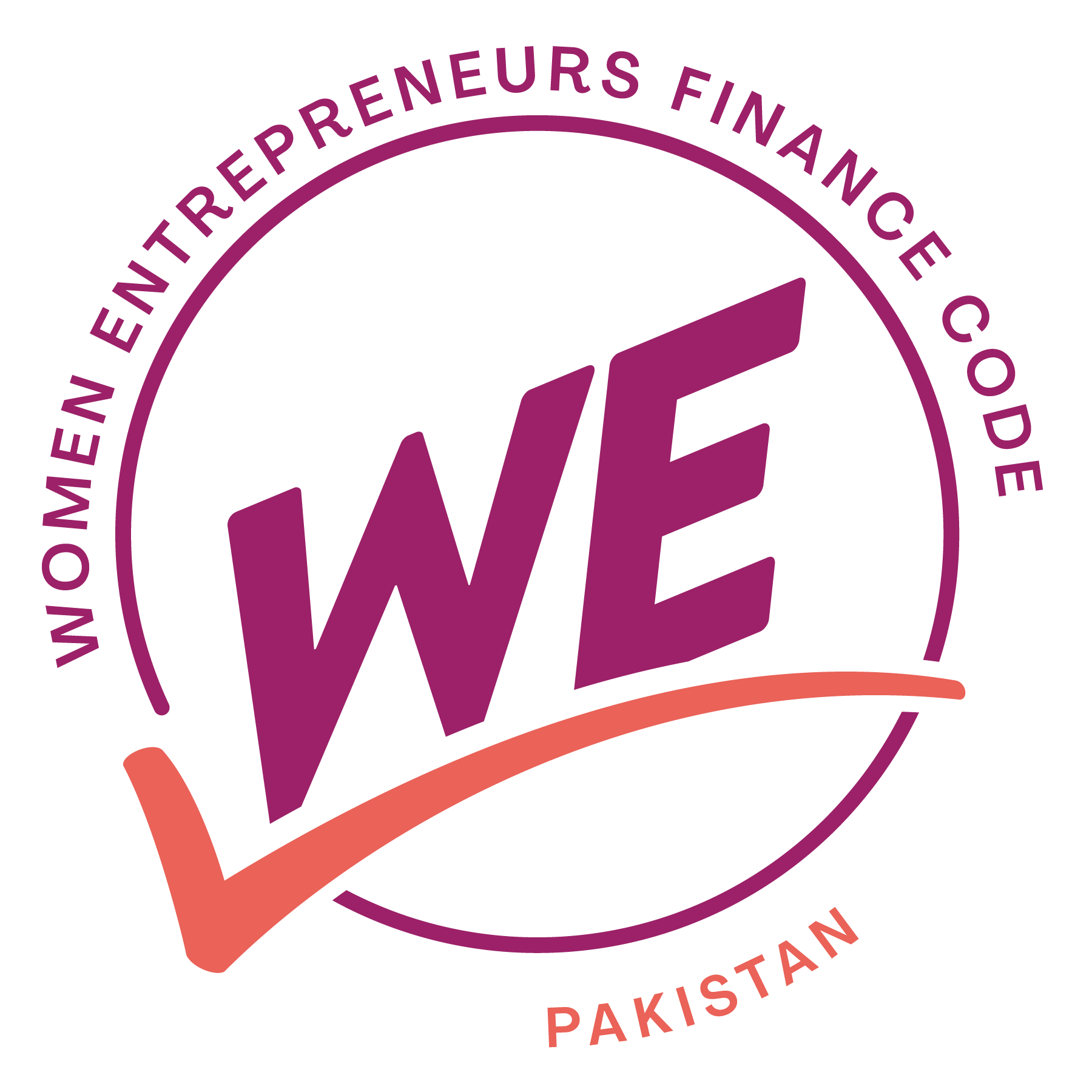
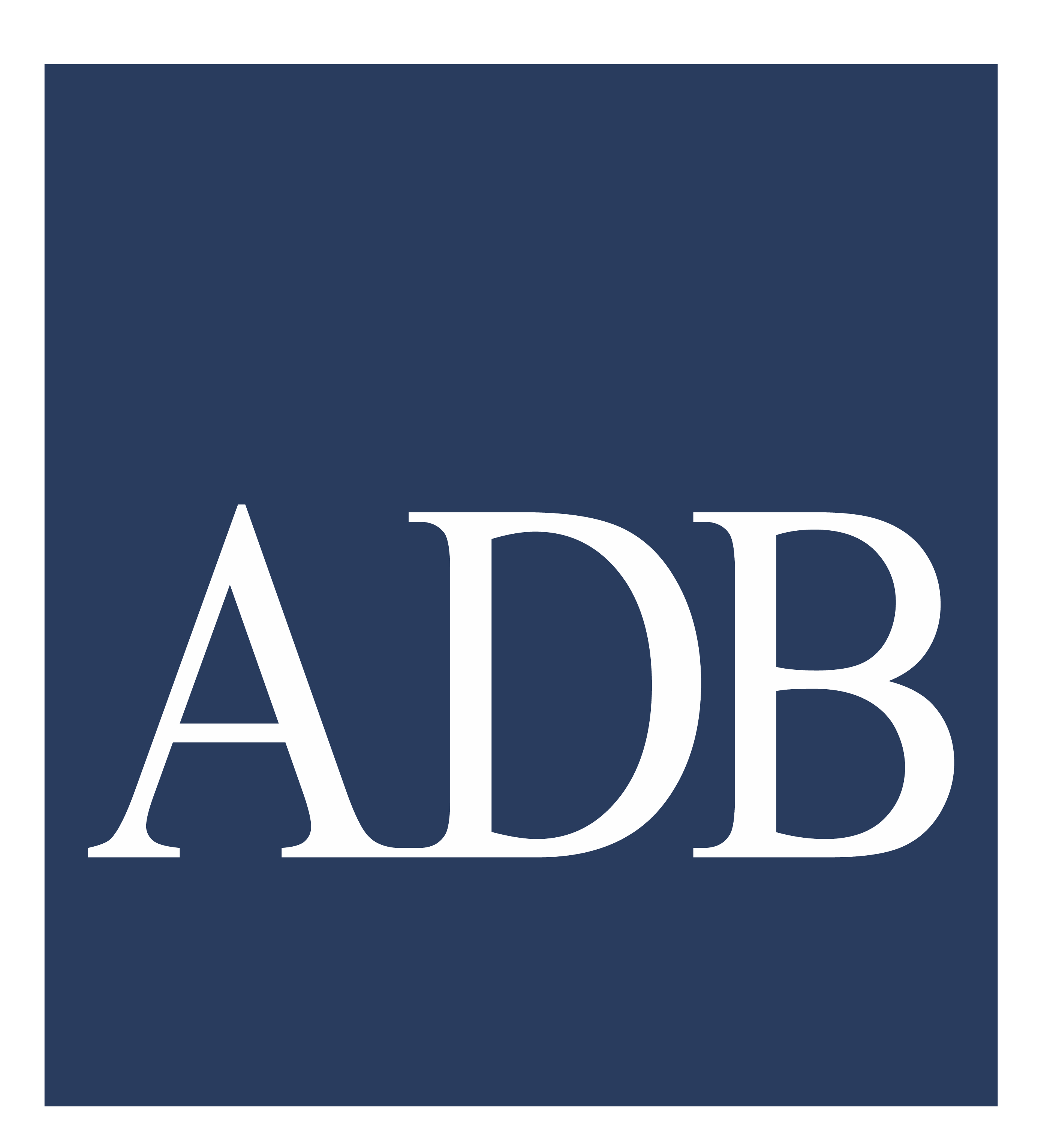
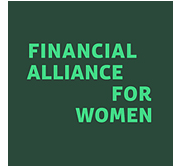
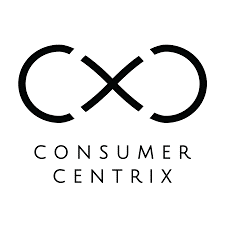
WE Finance Code Implementation in Pakistan – FAQs
The Women Entrepreneurship (WE) Finance Code is an international collaborative partnership to close global financing gaps for women entrepreneurs. The Code was launched by World Bank Group in 2023, formed through 14 governments and 8 multilateral development agencies such as World Bank (WB) Asian Development Bank (ADB) GIZ, EBRD, IBD, etc.
The WE Finance Code aims to:
Membership to the WE Finance Code requires regulators to pledge for endorsing the goal to close financing gaps faced by WMSMEs and commit to taking action in following three areas:
Currently, regulators/central banks of 18 countries have signed and launched the Code in collaboration with their technical partners, including UK, Egypt (EBRD), Sri Lanka & Fiji (ADB), Indonesia (IsDB), Nigeria (WB), Tajikstan and Uzbekistan (EBRD).
Pakistan signed the Code in February 2025 and State Bank of Pakistan (SBP) serves as the WE Finance Code Anchor for the industry. In Pakistan’s case, Asian Development Bank (ADB) is the technical partner with support from national and international Code consultants.
SBP is leading the movement in Pakistan for improving women access to finance and the Banking on Equality policy (BOE) is the shining example of SBP’s commitment in this regard. However, taking in the specific bottlenecks women are facing in accessing finance, both at demand and supply side, it is imperative to onboard all the stakeholders including regulators, federal and provincial governments, banking sector, private sector entities, multilaterals, women chambers, and academia, to further improve financing to Women-owned Micro, Small and Medium Enterprises (WMSME). As the signatory and champion of the WE Finance Code implementation in Pakistan, SBP will be able to rally stakeholders to close persisting lacunas in WMSME financing, and support Pakistan’s banking industry through public-private coalitions in various targeted areas of intervention.
Through the code implementation, SBP can facilitate banking industry stakeholders on the following areas through our technical partner:
WE Finance Code Implementation in Pakistan – FAQs
To join the code, FSPs have to sign and send a letter of intent to SBP and the We-Fi Secretariat, with a pledge to close financing gaps faced by WMSMEs, and commit to taking actions in the following three areas:
Moreover, membership to the WE Finance code also requires FSPs to adopt the Code National Charter (to be launched in Q1 FY26) which will cover the objectives and roadmap of WE Finance Code implementation in Pakistan.
There is no on-boarding or subscription fee for becoming a WE Finance Code signatory.
The FSP’s designated senior leader for WE Finance Code should be serving as the Group Head Retail Banking or a similar senior role.
As a global minimum requirement, the following core Indicators are required to be reported annually on sex-disaggregated basis:
Moreover, the following recommended indicators are encouraged to be collected and reported upon to understand the quality of access to WMSMEs (financing conditions) and strengthen the business case:
With the signing onto the WE Finance Code, banks can position themselves as leaders in promoting women's economic empowerment in Pakistan and benefit from new business opportunities and better risk diversification. Adopting the WE Finance Code entails the following advantages for banks:
The first 10 FSPs that sign the code in CY2025 will be eligible to receive the following need-based support on first come-first serve basis:
Once the FSP signs the Code, they will contact the WE Finance Coordinator at SBP and record a request for support. This will be followed up by a scoping workshop for the FSP with SBP and ADB. Based on the discussions, a tailored TA plan will be developed for each FSP.
Currently, there is no public database available specifically for WMSME borrowers. SBP as the WE Finance Code Anchor aims to establish a publicly available sex-disaggregated database across the finance sector, allowing the industry to understand financing gaps, needs and challenges faced by women entrepreneurs in Pakistan.
2Towards Women’s Financial Inclusion: A Gender Data Diagnostic of Pakistan, 2022
https://data2x.org/wp-content/uploads/2022/06/06.21_DataDiagnostics-Pakistan.pdf